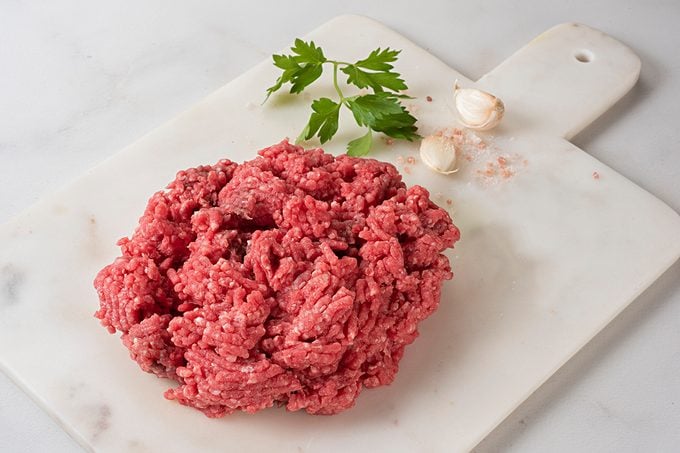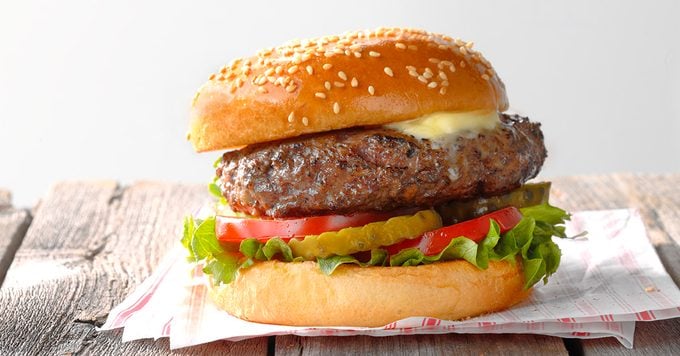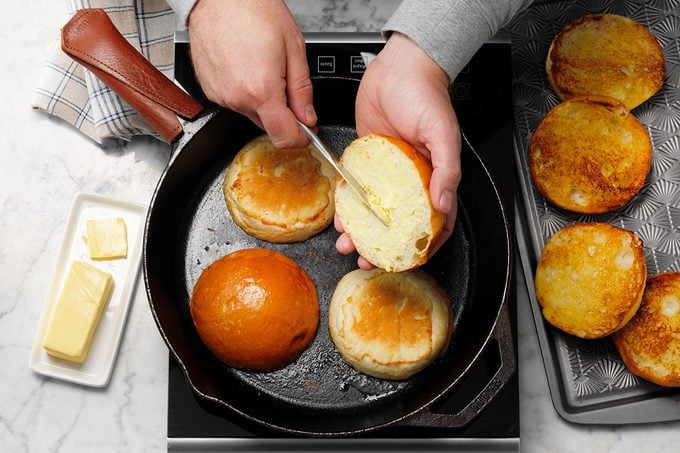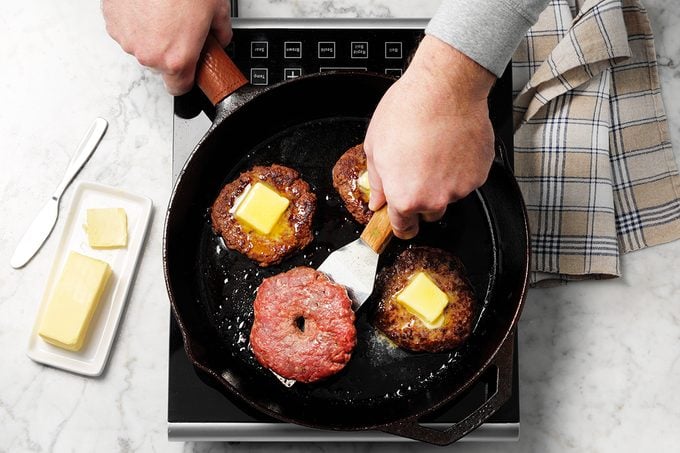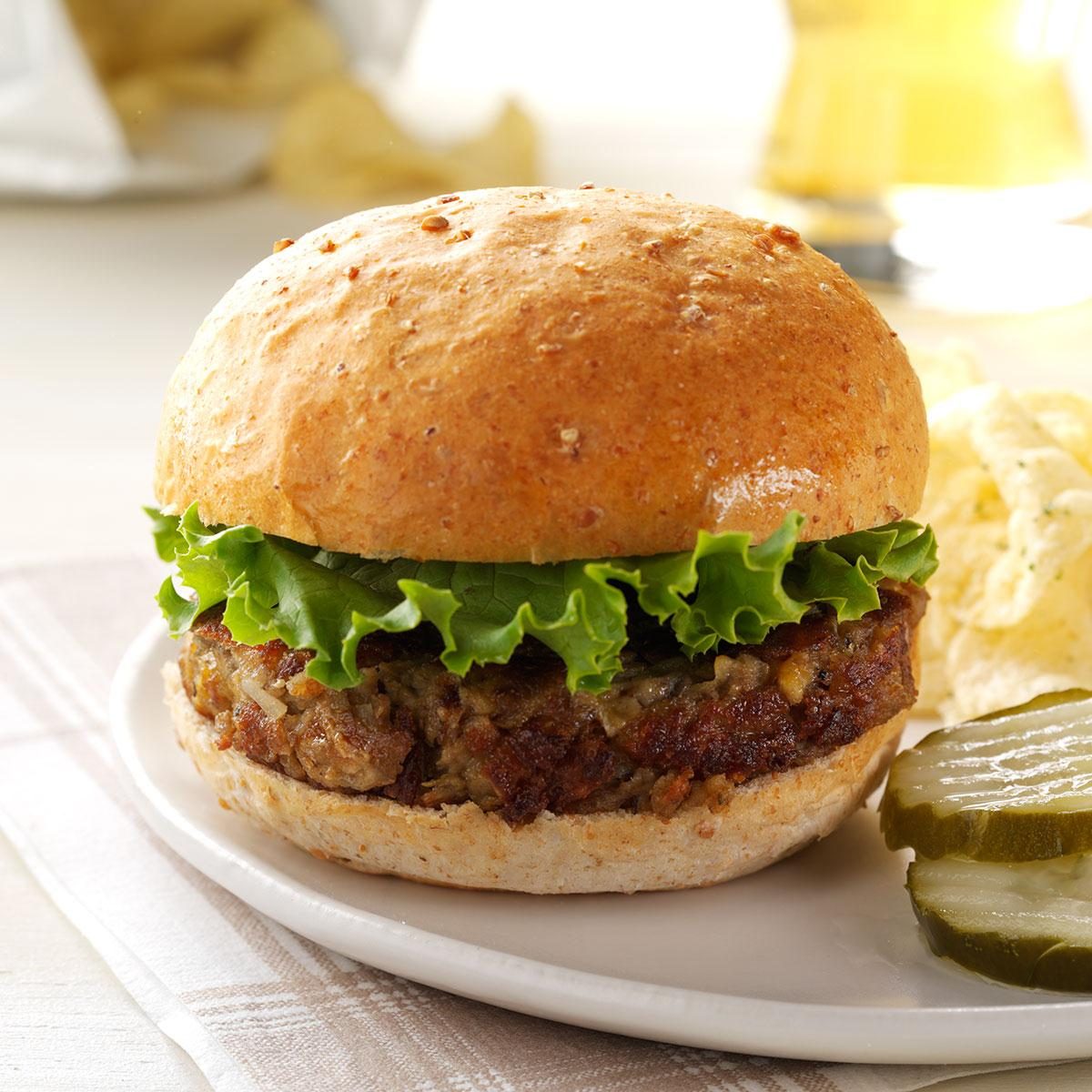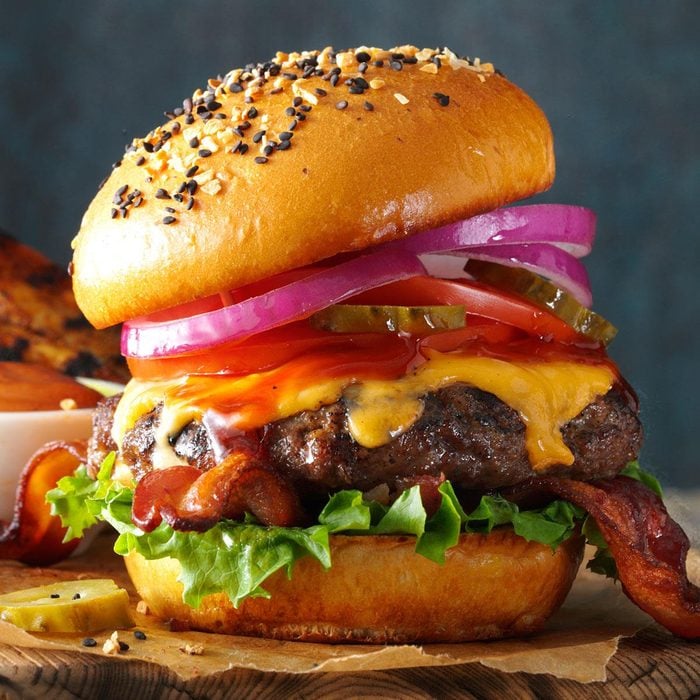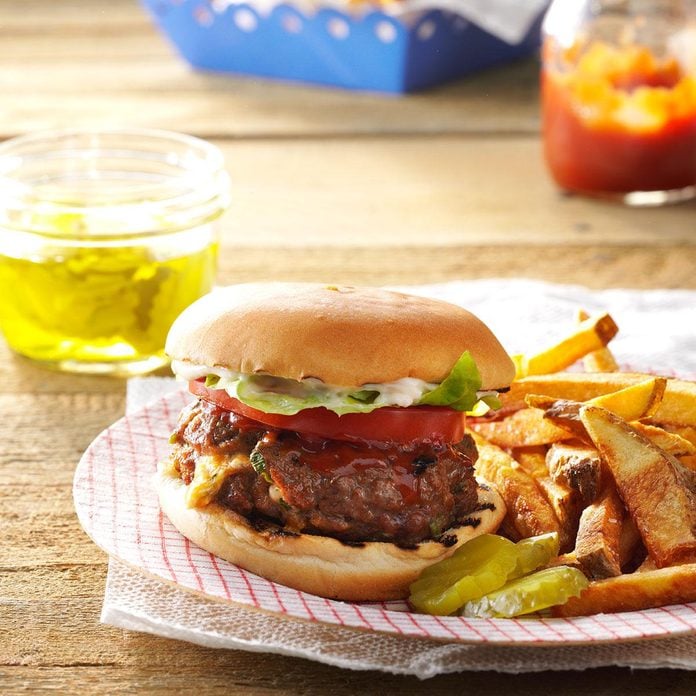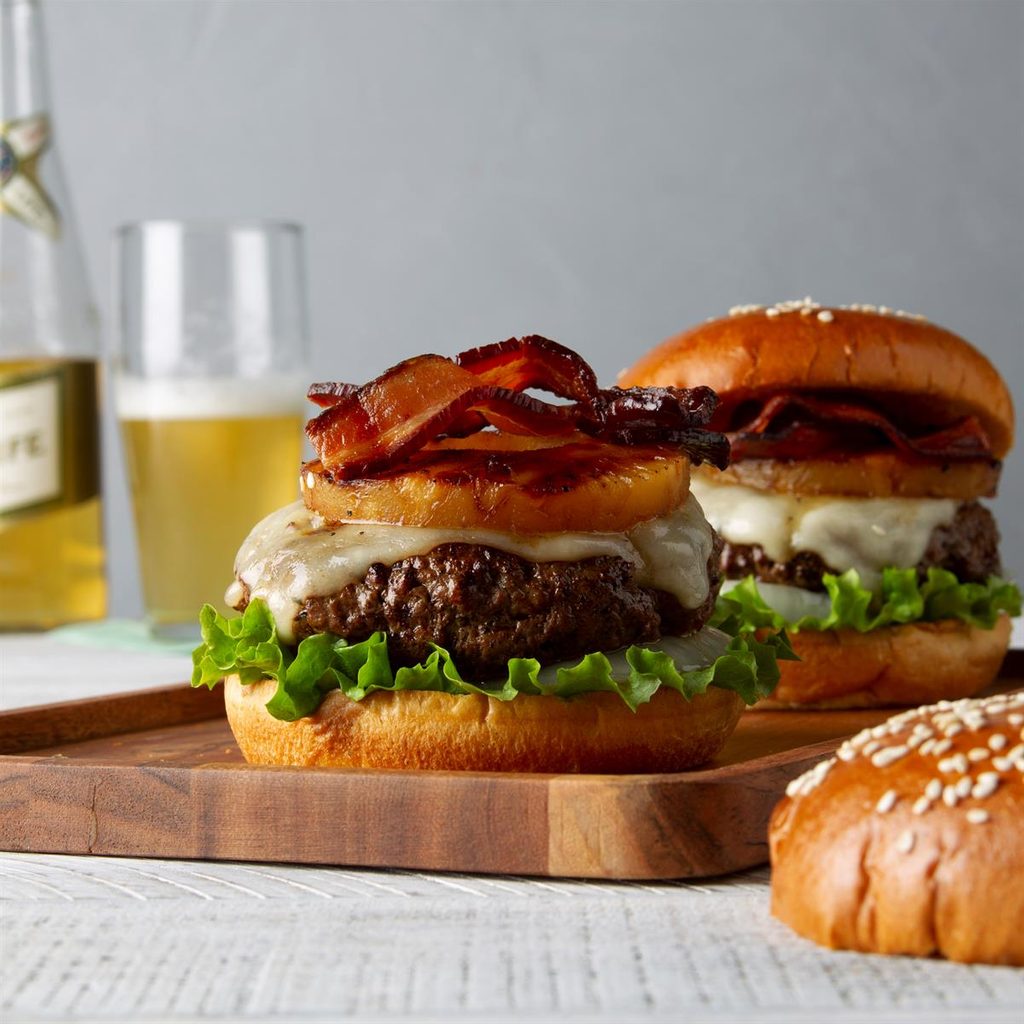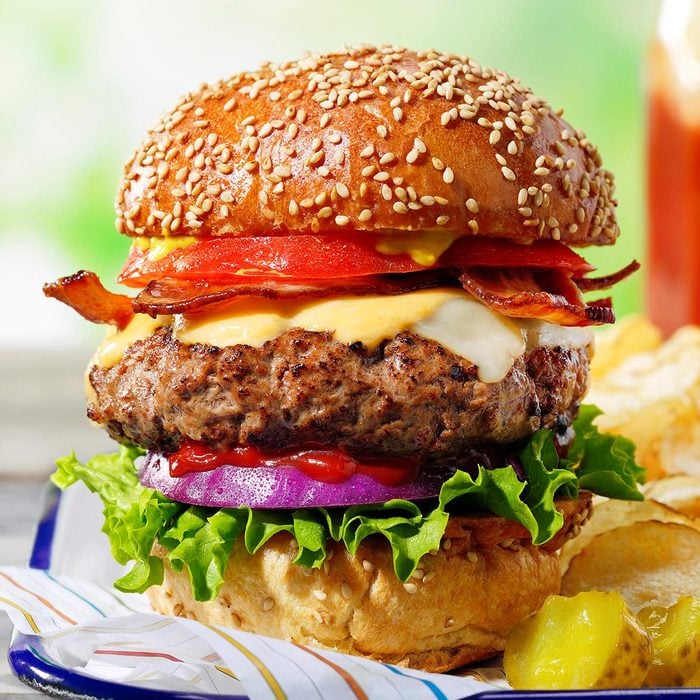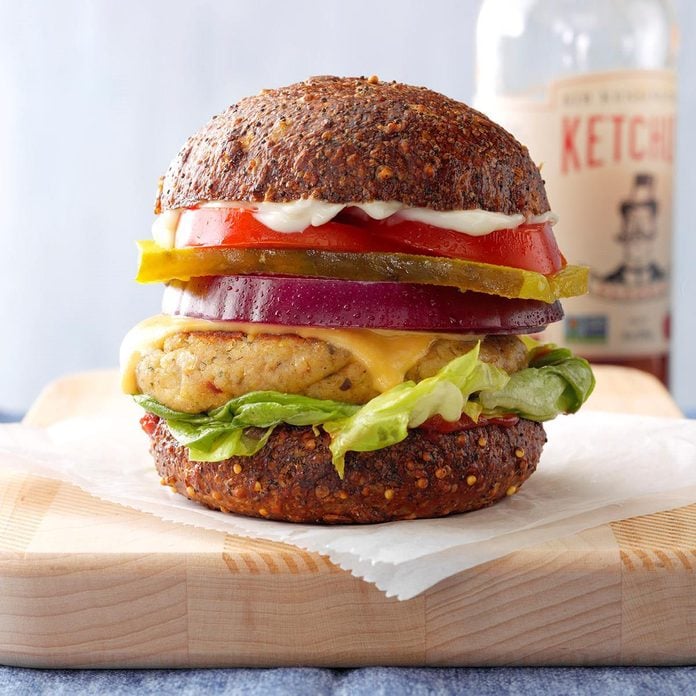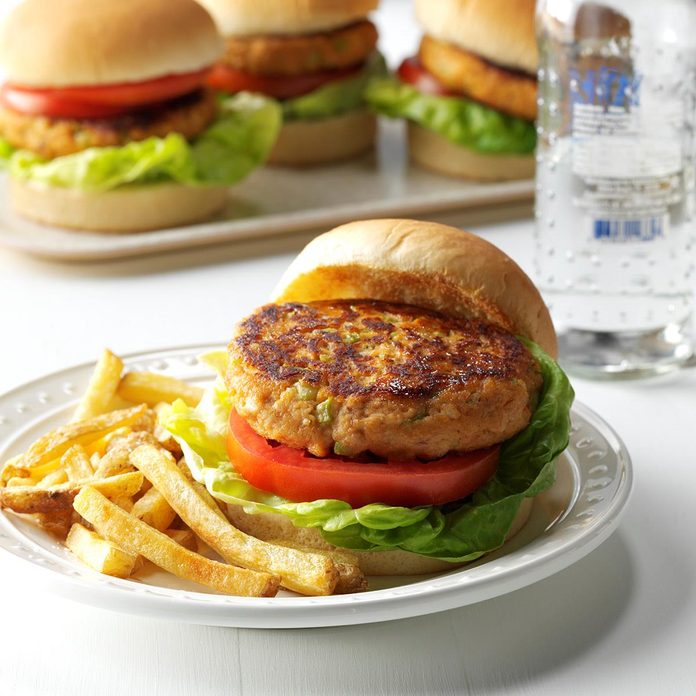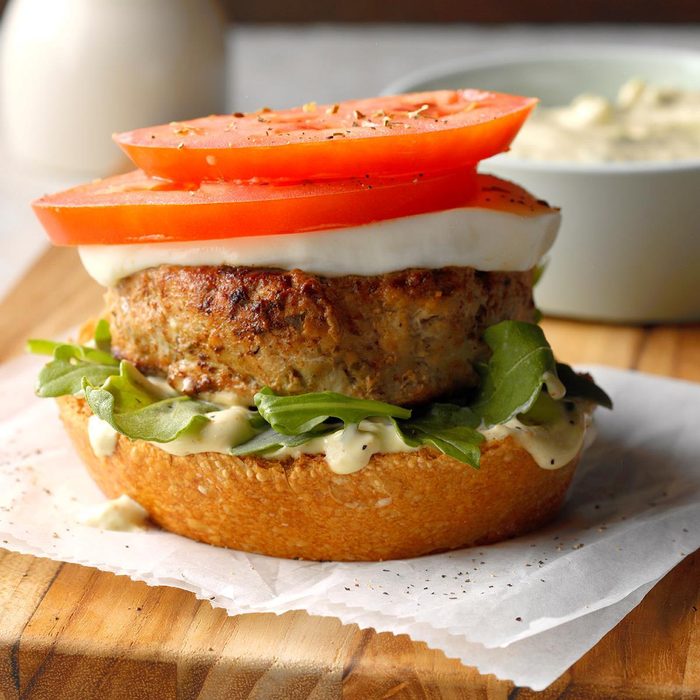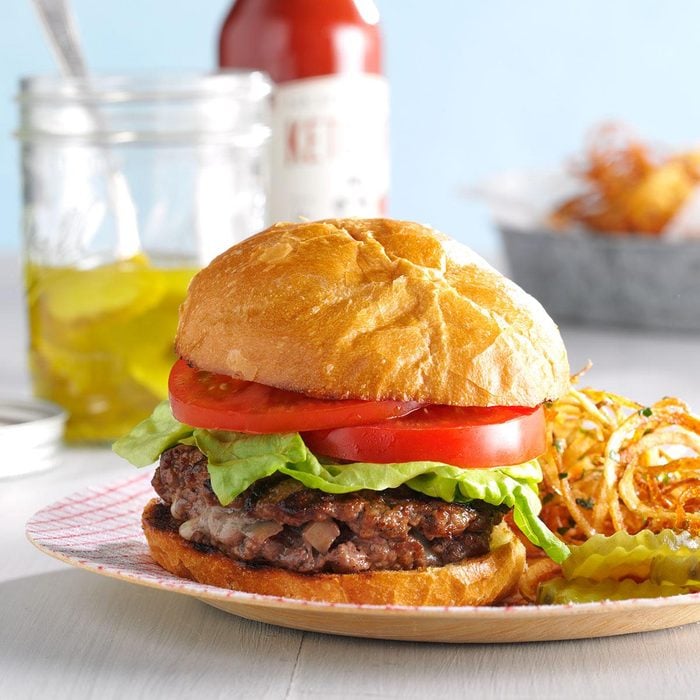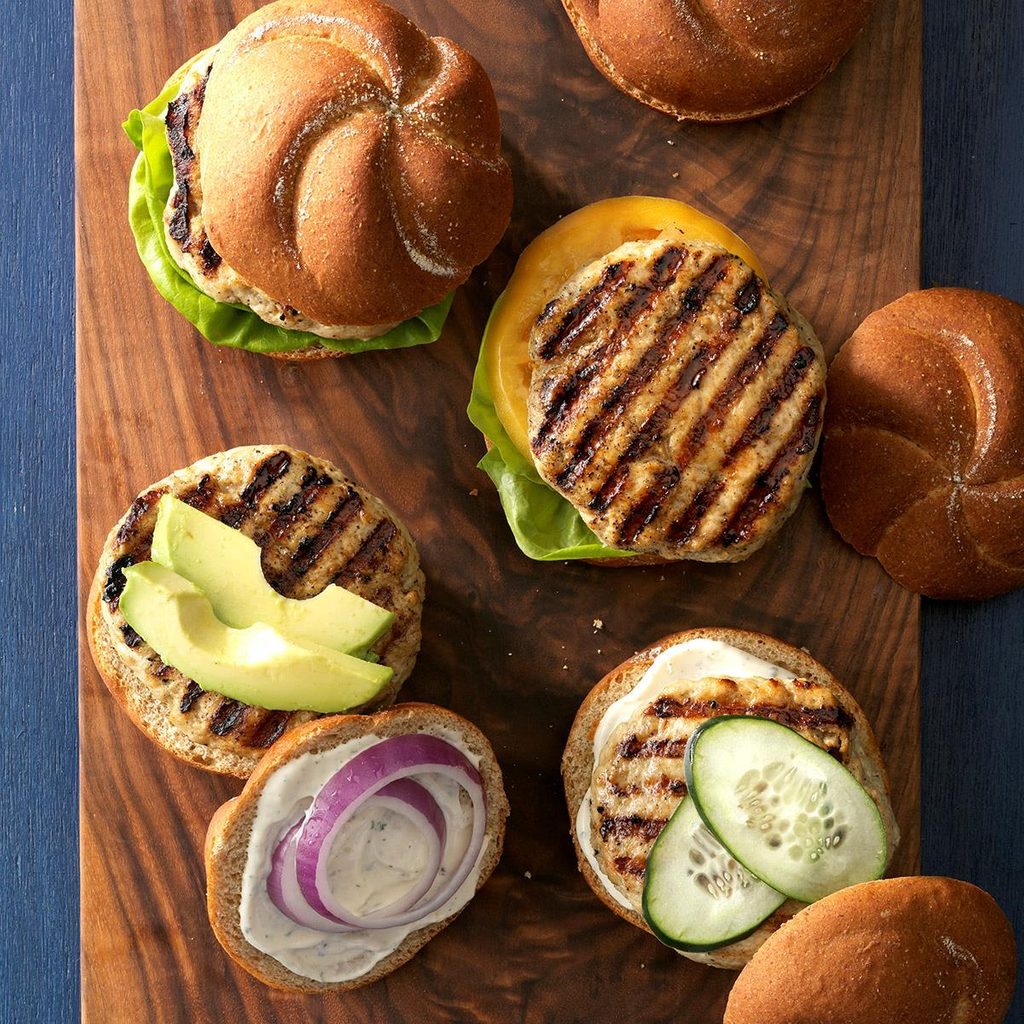How to Cook the Best Pan-Fried Burgers on the Stove
Updated: Feb. 15, 2024
These pan-fried burgers might be the best you've ever had. Who needs a grill when you have a stovetop?
Believe it or not, you can create a restaurant-quality burger without a grill. Don’t get me wrong; I think everyone should learn how to grill the traditional way, and I’ll take any excuse to cook outside—I’m just not that into it when the weather doesn’t cooperate with my dinner plans. Luckily, that’s when cooking a burger indoors—like making pan-fried burgers on a cast-iron skillet—comes in hand.
Tips for the Best Pan-Fried Burgers on the Stove
Opt for high-quality beef
You can’t make a truly great burger with bargain-bin beef. Sure, you can add flavor with seasonings like soy sauce, Worcestershire, garlic and onion powders, but the best burgers I’ve ever had tasted like beef. So splurge for the highest-quality meat you can find. For my money, I prefer the flavor of organic grass-fed beef over grain-finished options, but both make a great burger.
The go-to ratio for beef to fat for a burger is 80:20, and for good reason. The 20% fat content is enough to keep a medium-rare burger nice and juicy without overwhelming the beef flavor. The more well-done the burger, the higher fat content you’ll want to prevent it from drying out. Get more on which ground beef is best for burgers here.
Editor’s Tip: If your local butcher shop will grind your beef to order, even better. Grinding your meat from a single steak means you can cook it to medium-rare temperatures without worry, whereas the USDA recommends cooking bulk ground beef to the safe (but well-done) temperature of 160°. Learn more about food-safe cooking temperatures for all of your foods.
Carefully form the patties
Keep your burgers tender by gently forming the patties, being careful not to overwork them. One of my favorite burger tips is to use the lid of a large sour cream or yogurt container lined with plastic wrap to flatten patties. This prevents the burger meat from getting tough, and you end up with a perfect patty every time.
Another great trick is to use your thumb to press and form a small hole in the middle of the patty, like a doughnut. This helps with airflow so the burgers cook evenly and prevents them from shriveling up. Check out these other burger tips from pro cooks.
Keep the beef cold
Store your burgers in the refrigerator until you’re ready to cook. You want the fat inside the burger to be as cold as possible. That way, it will rapidly expand when it hits the hot skillet, forming flavorful pockets inside the patty. You’ll also get a better sear on the outside when the meat is cold.
Add salt last
It’s best to keep salt away from your burger until the last possible moment. Salt draws out moisture, which is a good thing for whole cuts of meat like steak or chicken. With ground meat, salting the patties too early will make them dense and tough. Instead, give each patty a generous sprinkle right before it hits the skillet.
Use a cast-iron skillet
While you can make delicious pan-fried burgers in just about any skillet, cast iron works best. It’s naturally non-stick and can conduct heat evenly and efficiently. Plus, a pre-heated cast-iron skillet makes it easy to get an irresistibly delicious caramelized sear on your patties.
Ready to get cooking? Grab a frying pan, form a few patties and get ready to cook up a super-juicy burger in less than 15 minutes.
How to Make Pan-Fried Burgers on the Stove
This recipe yields four burgers.
Ingredients
- 1-1/3 pounds ground beef
- Kosher salt and pepper, to taste
- 4 tablespoons unsalted butter, softened, plus extra for the pan
- 4 hamburger buns
- 4 slices melty cheese, optional
- Burger toppings, optional
Directions
Step 1: Divide the beef and shape the patties
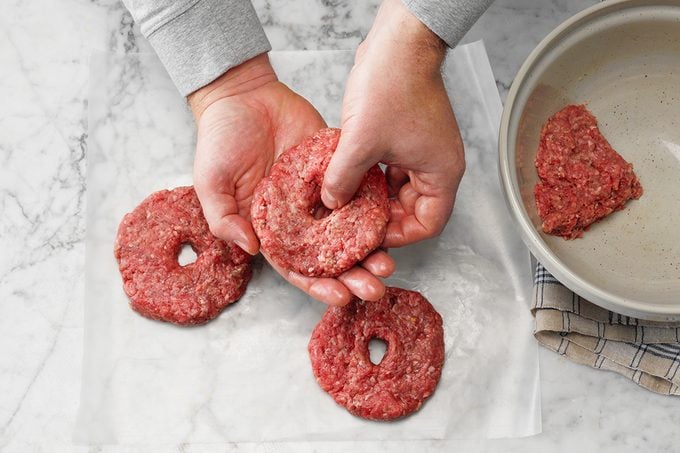
To keep the beef as cold as possible, you’ll want to move quickly for this step. Run your hands under cold water and divide the unseasoned beef into four equal portions. Using your hands, roll each portion into a ball. Flatten the ball until you’ve created a uniform, 1-inch-thick disk. Then, use your thumb to gently press a hole into the center of each patty.
Step 2: Preheat the pan
Place the patties in the refrigerator while you preheat a cast-iron skillet or stainless-steel frying pan over medium-high heat. The cold temperature will keep the fat from melting until it hits the hot pan. It will also help your burger get a nice sear and a lightly crispy exterior without overcooking the inside. By the way, this is how to clean a cast-iron skillet when you’re done cooking.
Step 3: Toast the buns
Spread 1/2 tablespoon of butter on the top and bottom bun and place them, butter-side down, on the preheated skillet. After about a minute, they’ll be golden brown and toasted. Remove them to a plate and set aside. Brush out any bread crumbs from the pan with a towel and return the skillet to the stove over medium-high heat.
Editor’s Tip: Potato buns or brioche rolls are our favorites for burgers, but you can use whatever you have on hand.
Step 4: Cook the burgers
When the pan is almost smoking, generously season each burger patty with salt on both sides. Add a pat of butter to the pan and swirl until it’s well coated; this will keep the patties from sticking and give them a nice sear. Place the patties in the pan, leaving a little space to breathe in between each burger. You might need to do it in batches. Cook the burgers for three to four minutes, until they’re well seared on the bottom side.
Using a wide, thin spatula, flip the burgers over and cook them for another three to four minutes until they reach the desired internal temperature.
Step 5: Get cheesy
Remove the pan from the heat and add a slice of cheese to each burger. Cover the pan with a lid to let the cheese melt while you prepare the buns.
Editor’s Tip: American, cheddar, pepper jack and Swiss melt beautifully on burgers.
Step 6: Garnish and serve
Spread a thin layer of mayonnaise on the bottom bun to protect the bread from getting soggy with burger juices. Place a burger patty on the bottom bun and add the toppings of your choice. My favorite burger is super simple—just ketchup, pickles and chopped onions—but feel free to get fancy if you like. Try our bacon cheeseburger recipe or one of these seriously fun ways to top a burger.
Serve the pan-fried burgers with some oven fries, homemade potato chips or a fresh side salad and enjoy!
How Long to Pan-Fry Burgers
Here’s a guide for the cooking time and temperature of 1-inch burger patties:
- Medium-rare (warm, red center): six minutes, or 130 to 135°
- Medium (warm, pink center): seven to eight minutes, or 140 to 145°
- Medium-well (hot, slightly pink center): nine minutes, or 150 to 155°
- Well done (brown all the way through): 10 minutes, or 160 to 165°
How to Know When a Burger Is Cooked
Setting a timer is one way to cook a burger, but there’s an even better way to know—not guess—when your burger is finished cooking. Use an instant-read meat thermometer. Poke it into the middle of the burger, and you’ll know the temperature within seconds.
Caroline Stanko, Taste of Home Editor, contributed to this article.

